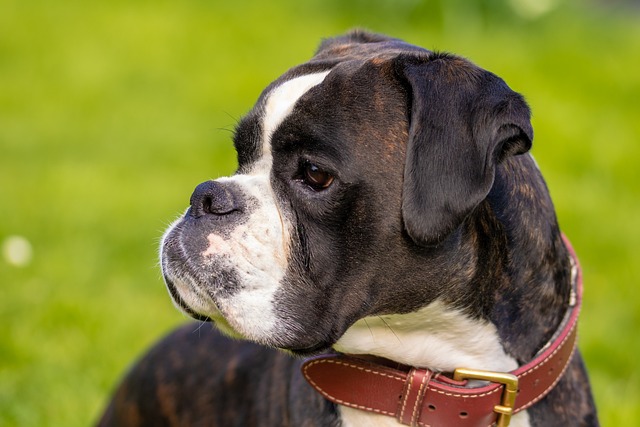
How do i train my dog to be obedient?
Watching your dog dart across the park ignoring your calls isn’t just frustrating—it can put them at risk near busy streets or public spaces.
If you’ve brought home a squishy, 8-week-old puppy—with their tiny paws and endless curiosity—you’ve probably wondered about training. Can those little treats you see in pet stores really be good for them? Last month, my friend Elena asked this about her new Poodle mix, Coco, after a neighbor warned “treats will make her fat.” But after talking to her vet, she learned the truth: training treats are not just okay for puppies—they’re one of the best tools to teach good habits, when used the right way.
Puppies learn through positive experiences, and treats speak their language. Their brains are wired to repeat behaviors that bring rewards, making treats a powerful way to teach “sit,” “come,” or “leave it” without stress. But not all treats are created equal. Dr. Reed, a vet in Denver, explains: “Puppies have developing digestive systems, so treats need to be small, soft, and made for their age—avoid hard biscuits or anything with added sugar, which can cause upset tummies. A good rule: treats should be no bigger than your thumbnail, especially for tiny breeds like Yorkies or Maltese.” Elena tried giving Coco a piece of her adult dog’s treat, which was too hard—switching to soft, freeze-dried liver (crushed into bits) worked perfectly, and Coco learned “sit” in days.
Using treats effectively means balance. Puppies have short attention spans—keep training sessions to 2-3 minutes, 2-3 times a day. When Coco finally stayed “down” for 5 seconds, Elena gave her a tiny treat, said “Good girl!” in a high-pitched voice, and cuddled her—mixing treats with praise and affection makes training joyful. Never use treats to bribe or trick them; if they don’t perform the behavior, gently guide them (like placing a hand on their back to encourage sitting) and reward the try. My neighbor’s Lab puppy, Max, learned “come” faster when he got a treat and a belly rub every time he ran over—positive reinforcement builds trust, not fear.

Living in apartments adds smart considerations. Keep training sessions quiet—yelling excited praise might disturb neighbors, so opt for cheerful but calm tones. Store treats in a sealed container to avoid crumb messes (important for small spaces) and have them ready before sessions to avoid rummaging noise. Remember, puppies need their vaccine series (required by law in all states) to stay healthy, so ask your vet when it’s safe to take them to community training classes. Even during short potty breaks between sessions, always pack poop bags—cleanup is part of responsible puppy parenting, and in cities like Portland or Austin, fines for leaving waste start at $50.
The key is moderation. Treats should make up no more than 10% of their daily calories—Elena measures Coco’s puppy food first, then sets aside a few kibbles (crushed) as treats, ensuring she still gets all her nutrients. Avoid table scraps, which can upset their stomachs or teach them to beg. With the right treats, short sessions, and lots of love, training becomes bonding time—Coco now wags her tail when she sees the treat container, ready to learn. For new owners, treats aren’t just snacks—they’re little tools that help your puppy grow into a happy, well-behaved friend.

Watching your dog dart across the park ignoring your calls isn’t just frustrating—it can put them at risk near busy streets or public spaces.

New puppy owners often find themselves rushing to clean up accidents before they set in, and that’s where puppy pad training becomes a game-changer.

If you've noticed your dog's waistline disappearing and your veterinarian has mentioned those few extra pounds, your first instinct might be to simply reduce the amount of food in their bowl.

Training a dog to use a designated spot indoors isn’t as daunting as many new owners fear, but it does take consistency and an understanding of your pet’s needs.

That moment of dread on a walk is all too familiar for many new dog owners. You see another dog approaching down the sidewalk of your neighborhood

If the sight of another dog on your neighborhood walk makes your heart sink as your own dog erupts into a frenzy of barking and lunging, you're not alone.